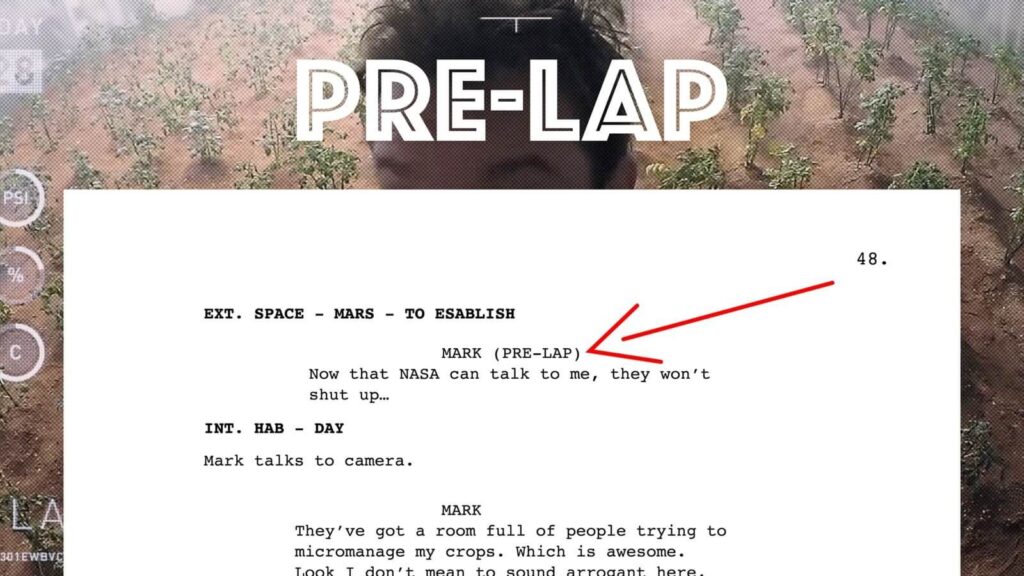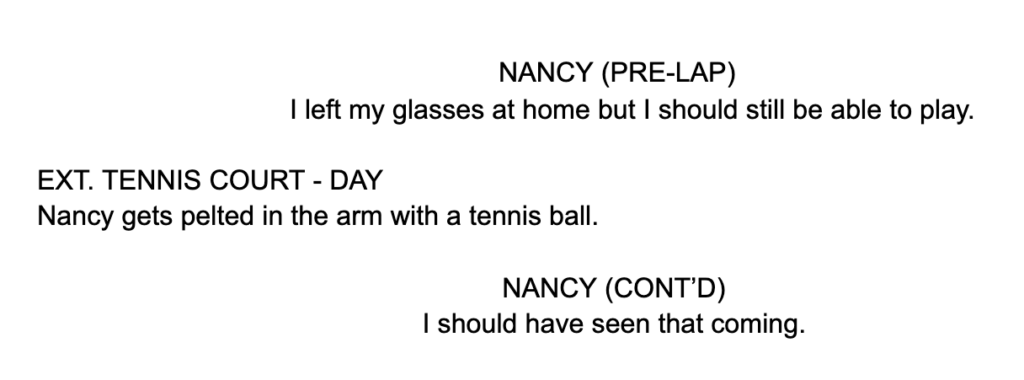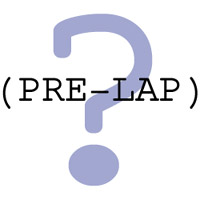Are you a screenwriter looking to up your game? Well, you can do that by learning how to write a pre lap in a script. Pre lapping is an essential technique that adds depth, intrigue, and entertainment value to any screenplay.
By adjusting camera angles, inserting sound effects, and conveying information without dialogue or visuals, it has the power to take a scene from good enough to excellent.
In this blog post we’ll explore exactly what pre laps are, how to write a pre lap in a script, ways that upcoming scenes can be established using them effectively, as well as step-by-step instructions for writing great ones. So put on your thinking cap and let’s get started!
What Is a Pre Lap?
A “pre-lap” is a type of audio transition that occurs when the dialogue from the next scene begins before the visuals of that scene have fully transitioned onto the screen. This can be used to create a smooth transition between scenes, or to create a sense of continuity between two distinct pieces of dialogue.
Writing a Pre Lap

To write a pre-lap in a script, you would first identify the point in the scene where you want the pre-lap to occur. Then, you would indicate this in your script by writing the dialogue for the next scene, preceded by the word “PRE-LAP”. For example:
INT. CAFETERIA – DAY
JESSICA sits at a table, staring at her phone.
JESSICA (to herself) I can’t believe he did this.
PRE-LAP
JACK (O.S.) (through phone) Jessica, I’m sorry. I didn’t mean to hurt you.
The visuals for the next scene (in this case, Jack on the phone) would not appear on screen until after the pre-lap dialogue has finished.
Pre Lap Dialogue
Pre-lap dialogue is dialogue that is spoken by a character before the scene in which the character is present begins. It is often used to establish the location or context of the scene, or to set the stage for the events that are about to unfold.
Here is an example of pre-lap dialogue from the movie “The Shawshank Redemption”:
As the character Andy Dufresne (played by Tim Robbins) is being transferred to the Shawshank prison, we hear him speaking to the prison guard through a voiceover:
Andy: “I guess it comes down to a simple choice, really. Get busy living or get busy dying.”
This pre-lap dialogue establishes the mood of the scene and hints at the challenges that Andy will face in prison. It also sets up the theme of hope and redemption that runs throughout the movie.
Ways To Establish An Upcoming Scene

One way to establish an upcoming scene in a script using a pre-lap is to use a character’s voiceover or dialogue to set the stage for the scene. For example, if the character is on the phone, their conversation could provide hints about the location or situation they will be in next.
Another way to establish an upcoming scene using a pre-lap is to use visual or auditory cues that suggest a change in location or time. For example, if the character is driving down a highway, the sound of the car and the passing scenery could be used to establish that the character is traveling somewhere.
It’s also possible to use pre-laps to establish the mood or tone of an upcoming scene. For example, if the character is listening to music or a radio program, the music or dialog could be used to set the mood for the scene. Similarly, if the character is interacting with someone, their body language and facial expressions could be used to establish the tone of the conversation.
Overall, the key to using pre-laps effectively is to use them in a way that is natural and subtle, and that helps to set the stage for the upcoming scene without giving away too much information.
Pre Lap Example
Here is an example of a pre-lap from the movie “The Shawshank Redemption”:
As the character Andy Dufresne (played by Tim Robbins) is being transferred to the Shawshank prison, we see a shot of the prison from a distance, with the sound of the prison gates clanking shut in the background. This establishes the location and the mood of the upcoming scene, which takes place inside the prison.
Another example of a pre-lap from “The Shawshank Redemption” is when Andy is working in the prison library. We hear the sound of books being shelved and the faint sound of a Mozart opera playing in the background, which establishes the mood of the scene and hints at Andy’s love of classical music.
Benefits of Using Pre Laps In Screenwriting
There are several benefits to using pre-laps in screenwriting:
- Pre-laps can help to establish the location or context of an upcoming scene, which can be especially helpful in a script with multiple locations or time periods.
- Pre-laps can help to build suspense or tension by hinting at what is to come, without giving away too much information.
- Pre-laps can help to create a sense of continuity between scenes, by using elements that are carried over from one scene to the next.
- Pre-laps can be used to establish the mood or tone of an upcoming scene, which can help to engage the audience and create a more immersive experience.
- Pre-laps can help to provide background information about a character or situation, which can add depth and complexity to the story.
Overall, pre-laps are a useful tool for screenwriters and can help to enhance the storytelling in a script by setting the stage for the upcoming scene and helping to build a sense of continuity.
Conclusion
In conclusion, knowing how to write a pre lap in a script is a technique that can be used in a script to establish the location, mood, or context of an upcoming scene.
It is achieved by including audio or visual elements that occur before the scene begins, and that provide hints about what is to come.
Pre-laps can be used to set the stage for a scene and help to build suspense or tension. They can also be used to establish the location or mood of a scene, or to provide background information about a character.
When writing a pre-lap in a script, it is important to be subtle and to use the technique in a way that enhances the story without giving away too much information.
By using pre-laps effectively, writers can add depth and complexity to their scripts and help to engage their audiences.
Related:
- How To Rewrite A Script Like A Pro
- What Is One Of The Characteristics Of A Strong Theme?
- 10 Of The Greatest Horror Movie Scripts
- How Much Does It Cost To Hire A Screenwriter?
- How To Teach Screenwriting
- The Best Screenwriting Internships
- How To Make A Screenwriting Portfolio
- How To Get Noticed As A Screenwriter
- How To Get Better At Screenwriting
- How To Break Into Screenwriting
- How To Write A POV Shot In A Screenplay


Leave a Reply